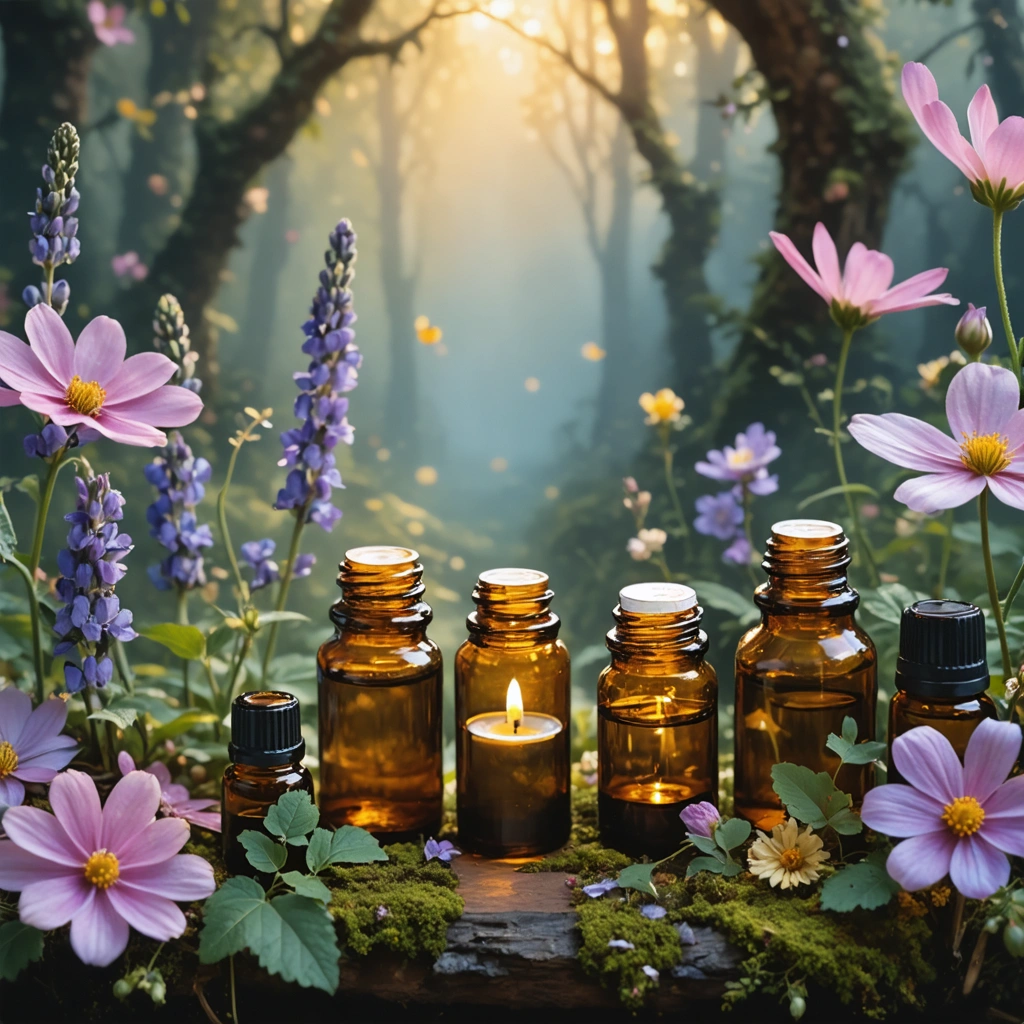
Introduction: Embracing Essential Oil Magic Safely
In today’s world, essential oils capture the hearts and minds of many urban enthusiasts. You feel the magnetic pull of floral scents and zesty aromas, and you are excited to explore nature’s concentrated gifts. However, it becomes crucial to understand that each drop can transform your atmosphere or cause unexpected disruptions. Therefore, you must learn the basics of safe usage before integrating these powerful essences into your daily wellness routine. Moreover, thoughtfully exploring proper safety guidelines empowers you to celebrate the benefits without compromise.
Understanding Essential Oils
What Are Essential Oils?
Essential oils represent nature’s distilled spirit, extracted from leaves, flowers, bark, and fruits. They result from techniques such as steam distillation or cold pressing. Additionally, each oil preserves its unique chemical profile, supporting wellness and mood enhancement. You must remember that these substances pack intense power, requiring careful handling.
Why They Demand Respect
Because you use only a drop to get a full dose, essential oils possess the potential to either heal or harm. Caution becomes essential, not only because of skin sensitivity but also due to potential reactions when inhaled or ingested without proper knowledge. Furthermore, learning the science behind them deepens your appreciation for their true power, so you can use them safely in a mindful manner.
Dilution – The Key to Safe Usage
Proper dilution represents the cornerstone of a safe aromatic journey. You must mix oils with suitable carrier substances such as almond, jojoba, or coconut oils. Not only does this reduce the risk of irritation, but it also promotes better skin absorption. Consider the following guidelines carefully:
- Healthy Adults: Approximately 2% dilution (about 12 drops per 1 oz/30ml of carrier oil).
- Children (Ages 2–6): Around 0.5%–1% dilution (3–6 drops per ounce).
- Pregnant or Sensitive Skin: Use a maximum of 1% dilution (6 drops per ounce).
- Facial Use: Stick with a 0.5% dilution (3 drops per ounce).
Additionally, always conduct a patch test before full application. This practice protects you from unwanted reactions while allowing you to enjoy the natural benefits.
Here is a helpful table summarizing safe dilution guidelines:
| Application | Dilution Ratio | Approximate Drops per Ounce |
|---|---|---|
| Adults | 2% | 12 drops |
| Children (2–6 years) | 0.5%–1% | 3–6 drops |
| Facial Applications | 0.5% | 3 drops |
| Pregnant/Sensitive Skin | 1% | 6 drops |
Best Practices for Storage and Handling
You store essential oils in a cool, dark environment to preserve potency. Always choose dark glass bottles instead of clear or plastic containers. In addition, ensure that caps remain tightly closed to avoid oxidation. Notably, improper storage accelerates breakdown, diminishing both aroma and therapeutic benefits. Therefore, organizing your collection in a designated cabinet away from heat and direct sunlight becomes indispensable. Moreover, routinely checking expiration dates prevents accidental use of degraded oils.
Avoiding Common Mistakes
When you begin your essential oil journey, you might encounter pitfalls that jeopardize safety. Always remember:
- Do Not Apply Undiluted Oils: Direct skin application may lead to burns or irritation.
- Avoid Direct Bathwater Addition: Since oils do not mix with water, blend them with carrier oils or unscented bath gels first.
- Inhalation Caution: Refrain from bringing the oil bottle too close to your nose, as overexposure might lead to headaches.
- Check Oil Freshness: Old or oxidized oils pose risks. If an oil smells off or has altered consistency, discard it immediately.
- Natural Does Not Equal Harmless: Even plant-based substances demand respect, so research thoroughly before use.
Furthermore, continued education and proper usage build confidence, ensuring that each drop uplifts your environment safely.
Integrating Essential Oils into Daily Wellness
You integrate essential oils into your routine by using diffusers, roller blends, or topical applications. Additionally, the art of blending creates personal rituals that promote calmness and energy depending on your needs. For example, a few drops of lavender mixed with a carrier oil can help soothe the mind after a busy day. Moreover, adding citrus oils to your diffuser boosts energy levels naturally. Therefore, as you experiment, always follow dilution guidelines and adjust quantities gradually while monitoring your body’s signals.
Essential Oils and Pet Safety
Your beloved pets require special consideration when essential oils enter the home. Since animals process these substances differently, take proactive steps to protect them:
- Always diffuse oils in a well-ventilated area, allowing pets the freedom to leave the room.
- Never apply oils directly onto your pet’s skin or fur without veterinary guidance.
- Store oils in places out of reach, as curious paws may accidentally ingest them.
Furthermore, avoid oils known to harm pets such as tea tree, clove, cinnamon, eucalyptus, and peppermint. By following these recommendations, you create a balanced and safe environment for every member of your household.
Essential Oil Safety FAQ
Below are answers to common questions for beginners:
- Do essential oils expire? Yes. Citrus oils tend to last 1–2 years, while robust oils can remain potent for over five years if stored properly.
- Can I use essential oils daily? Moderation remains key. Use diluted oils while rotating different types to avoid sensitization.
- Are they safe for kids? Only specific oils in very low concentrations are safe. Always perform detailed research and consult a specialist before applying them around children.
- What steps should I take during pregnancy? Some oils become harmful. Always receive professional advice and opt for gentle oils like lavender and citrus when properly diluted.
- How do I ensure proper use around pets? Follow pet-specific guidelines, choose pet-safe oils, and allow animals the freedom to avoid your diffuser when needed.
These FAQs help dispel uncertainty while guiding you toward a secure, informed, and delightful experience with essential oils.
Final Thoughts
Ultimately, essential oil safety intertwines respect, knowledge, and creativity. You enrich your lifestyle when you practice safe usage, proper dilution, and mindful storage. Moreover, considering your pets’ needs and learning from common errors further strengthens your journey. As you explore the world of essential oils, remain curious and diligent. In this way, you transform potential risks into rewarding practices that complement your holistic lifestyle. Embrace each step with confidence and joy, knowing that mindful safety practices lead to lasting well-being.






